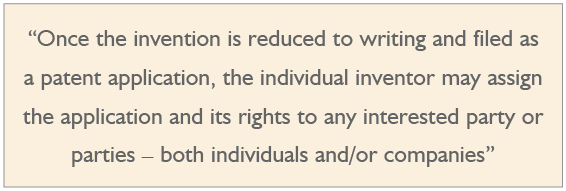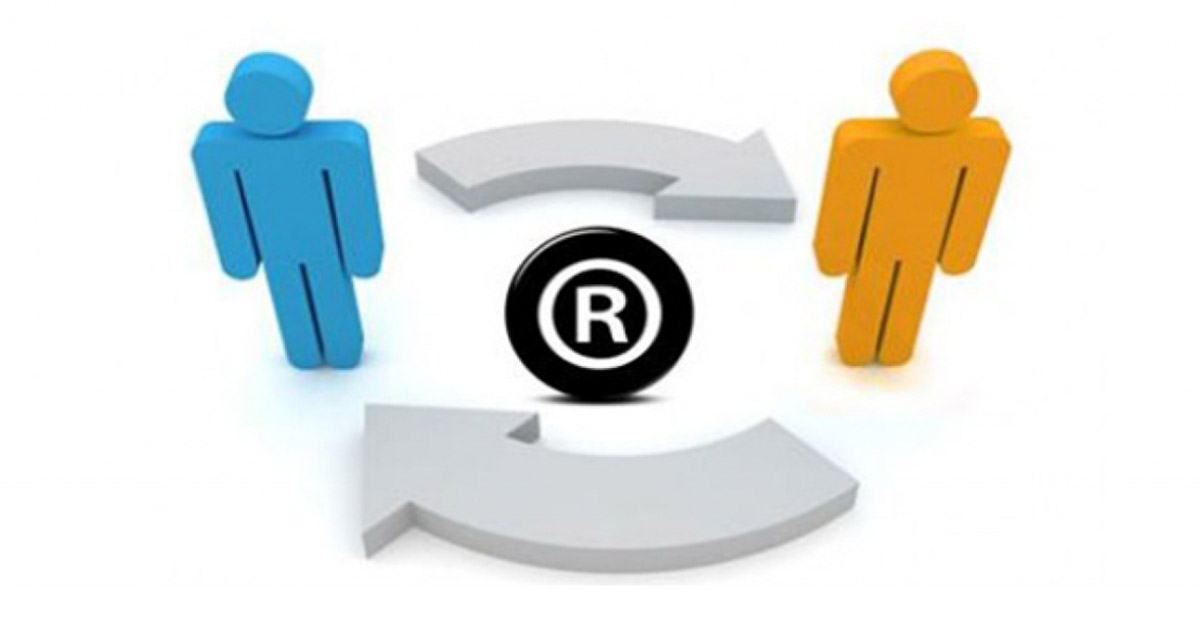The potential value of patents, or patent applications, cannot be understated. Only the owner of a patent has the exclusive right to exploit its value to exclusion of all other parties. Therefore, securing ownership of a patent and its associated rights can be very important to a business; and the failure to exercise good practice in acquiring or transferring patent rights can materially impact a business’ bottom line.
This article will briefly set out some good practice guidelines to keep in mind when transferring rights in a patent, or patent application – whether acquiring or relinquishing patent rights.
What is a Patent, or Patent Application, Assignment?
The transfer of a patent, or patent application, places the assignee in the position of the assignor. This provides the assignee with the positive rights (such as the right to exploit the invention), as well as the negative rights (such as the right to prevent others from exploiting the invention).
The negative rights come with the right to seek remedies preventing unlicensed exploitation of the invention and even confiscation of infringing articles.
Once an assignment takes place, the assignor relinquishes its rights to the patent or patent application. The assignor is free to license the patent back from the assignee, but no longer has the ability to manage the patent. It is therefore important to note that a partial assignment of a patent, or patent application, is not possible – i.e. an assignor may not assign the right to use the invention to one party while it assigns the right to manufacture to another party. Dividing up patent rights can instead be effected by providing partial licenses to the patent.
When assigning the patent or patent application it is important to cover all aspects of the transfer in a written instrument, known as a Deed of Assignment. The Deed of Assignment should also ensure that the patent or patent application is transferred free of any encumbrances, such that the holder receiving the rights becomes the holder without potential exposure to third parties which may have a legal right to the patent.
A Deed of Assignment should be filed with the patent office in the country in which the patent or patent application has been filed. The assignment is then recorded in the patent office register and may be viewed by third parties. Failure to record the assignment may limit its effects against third parties.

Assignment of Patent applications
The first owner of any invention is usually the named inventors themselves. Once the invention is reduced to writing and filed as a patent application, the individual inventor may assign the application and its rights to any interested party or parties – both individuals and/or companies.
In most cases, for a Deed of Assignment to be effective, it needs to be made to writing, identify the invention, contain details of the patent application, set out the rights to be assigned, and duly executed by the assignor(s). Most jurisdictions in the MENA region will also require the document be notarised and/or legalised.
If the assignment is incomplete or unclear, by not expressly identifying the invention or application to be assigned, the assignor might not be able to receive the full ownership and title of the invention.
Assignment between Employees and Employers
While most patent and/or labour laws in the MENA region set out the cirumstances in which an employer will own an invention that was created by an employee during the ordinary course of their employment, the laws do not usually cater for all scenarios.
Accordingly, a good approach to ensuring that an employer is entitled to own an invention created by an employee is to include a robust assignment clause in an employment agreement. The employee, by signing their employment agreement, then agrees contractually to the assignment of any rights they may have in an invention created during the course of their employment.
The clause should specify under which circumstances the employee is entitled to retain ownership of an invention, and when the passing of those rights to the employer is expected. An example of passing rights is where the employee is employed to develop and create new products as part of its employment, or when the invention has been created using company resources. Instances where the assignment of rights may not be required would be when the invention is created outside of company time, and preferably is not concerned with the business of the company.
It is also advisable that universities, and other higher learning or research institutions, specifically point out the requirement to assign rights to inventions created using the institution’s resources.

By not clearly defining the obligation to assign rights from the outset, the company or institution runs the risk of losing any interest to the invention.
The same may be said for consultant-based or part-time contracts, where the employee is employed for a limited period of time, usually with the express intention to collaborate for the purpose of achieving some sort of future, finite goal. In such circumstances the collaboration between company and consultant may result in the creation of an invention, unique and different to the set-out goals. While some employment contracts may cover the assignment of inventions between employer and employee, many consultant contracts typically overlook the necessities of such clauses.
Using a clause which identifies inventions created using a company’s resources usually have the effect of covering most employment and collaboration situations.
However, it is always a good idea to have the parties consent to the completion of additional assignment documents at the time filing patent applications. Attempting to assign rights from ex-employees may prove difficult and expensive, especially when the employee has moved away or becomes unreachable. Additionally, the passing of an inventor prior to adequate assignment also raises issues. In order to avoid these complications, providing assignments in addition to clauses in employment contracts, is always advisable.
Companies, especially those dealing in research and development, should take care to investigate whether a new employee is still under an existing obligation with a previous employer to assign any inventions they may create, even while not directly under their employment. Certain employment contracts may include enduring clauses which relate to inventions created using the knowledge and experience they have gained with the previous employer. If a presumption may not be rebutted that the invention was created as a result of the previous employer’s influence, the new company may not be entitled to the invention.
Assignment of Patents
An assignee of a patent would usually expect to be able to litigate for acts of infringement which took place prior to taking ownership of the patent. However, it should not be assumed that such a right is part and parcel of the assignment. The terms as to who is entitled to bring an infringement action under the patent should be expressly contained in the Deed of Assignment. If such a clause does not exist, an assignee could find themselves having fewer rights than they intended, as well has an inability to litigate for past or continuing infringers.
Further, an assignor should provide a warranty to the assignee that it is not aware of any acts of infringement and that no infringement matters in relation to the patent are currently pending. Further, it is also advisable to include a clause indemnifying the assignee against any potential matters which may arise after the transfer of the patent.
Conclusion
It is important to ensure that all the requirements are properly met when preparing, executing and recording an assignment of a patent or Patent application. Failure to do so could result in the loss of rights and potential exposure to third parties.

W: www.cwblegal.com
E: dubai@cwblegal.com
E: richard.gaugeler@cwblegal.com
T: (971) 4 381 6888



 By
By